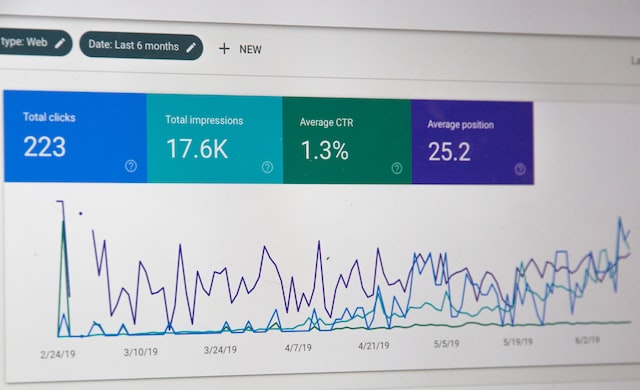Whether you run a business, school, or nonprofit, you cannot thrive in today’s world without a website. Your website functions as your calling card and storefront, drawing in new leads you can convert into into clients and brand advocates.
However, having an attractive, informative, and functional website isn’t enough. Suppose your virtual storefront isn’t optimized to help it rank prominently on Google and other search engines for specific keywords and search queries. In that case, you’ll have difficulty attracting a steady stream of leads. This lack of optimization will harm your conversions and business growth.
To improve your website’s rankings, you should structure your website with search engine optimization (SEO) in mind. Similarly, if you’re planning to redesign or migrate your website, you need to pay special attention to your website redesign SEO strategy.
Failure to consider the technical aspects of SEO—such as URL structure, site speed, accessibility, and internal linking—could see your search engine rankings drop overnight.
Why Do Websites Need to Be Redesigned for SEO?

Search engine optimization (SEO) enhances a website’s visibility on the organic section of Google’s search engine results pages (SERPs).
A key objective of SEO is to get a website or webpage to rank prominently for specific keywords and search queries on the SERPs. Doing so will drive more qualified traffic to a website, which is great for lead nurturing and conversions.
You cannot get this targeted traffic by stuffing your web pages with keywords. Aside from producing high-quality and keyword-optimized content, you must also pay attention to Google’s core web vitals. These include site speed, interactivity, the content on your web pages, and mobile-friendliness.
Successful website optimization is no longer just about adhering to Google’s best practices, as it’s also concerned with providing site visitors with the best user experience. Achieving these two targets will ensure that your website ranks prominently on the SERPs, ensuring a steady stream of leads.
5 Steps to Executing a Website Redesign for SEO
- Plan your process and create performance benchmarks
Whether you’re looking to boost your site’s organic traffic or improve the user experience, you’ll need to set objectives for your website redesign for SEO project.
Once you’ve clarified your objectives, compare your current website’s key metrics with your target benchmarks post-redesign. This could include the core web vitals, user engagement metrics (like bounce rate and average time on page), and search-specific metrics (like number of backlinks and monthly organic traffic).

Once you’ve established the target benchmarks you’d like to hit post-redesign, map out the redesign process and start delegating work to your web development team.
- Crawl all of the web pages on your site
Take inventory of all the pages on your website by using a crawler like Screaming Frog. Alternatively, you can reference your sitemap as generated by SEO plugins like Yoast SEO.
- Back up your live site and create a staging site
Before you begin making changes to your website, you’ll need to back up the current version of your site. Clone your site and make changes in the staging environment. If you don’t back up your site, and something breaks or has a technical error, you can end up losing hours of work done to your website.
Also, make sure to noindex your staging site so Google doesn’t crawl and index this version of your site.
- Fix technical issues
Consider making improvements to your website’s technical structure, including its hierarchy and silo structure. You should also use this opportunity to fix your site’s broken links, execute 301 redirects, merge pages with duplicate keywords, and even delete pages with no SEO value.
- Launch your revamped website
Once your website has been revamped for SEO and user experience, you can launch it. Users can now visit your revamped website and Google’s search engine bots can crawl, index and rank it accordingly.
Delegate Your Website Redesign to the Experts at Think Design
If redesigning a website sounds like a lot of work, it’s because it is. If done incorrectly, you could easily lose search traffic, backlinks, and the SERP visibility you’ve spent years building. Avoid this by delegating your website optimization project to the web development experts at Think Design.
We’re the premier search engine optimization agency in NYC, and our experts have years of experience optimizing websites for businesses, nonprofits, schools, and eCommerce businesses. We know how to optimize your site for conversions, user experience, SEO, and branding.
Get in touch and learn more about our website redesign services.

